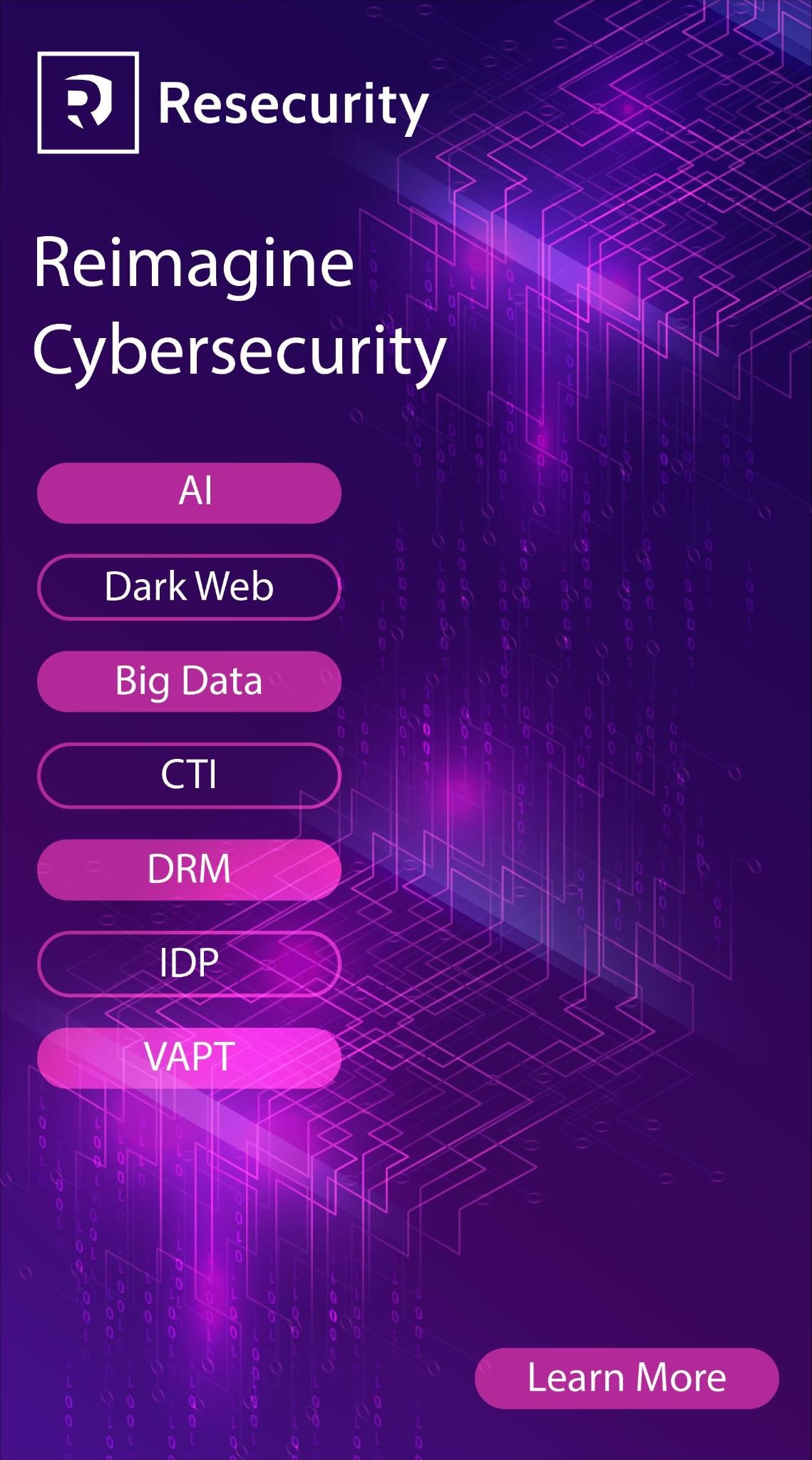Then the researchers created 3D models of the volunteers’ faces, they tweaked their eyes and added some facial animations to simulate the behavior of a man that is looking at the camera. In some cases, when they haven’t found online photos that showed the subject’s whole face, they have recreated the missing parts.
The experts tested their virtual reality face renders on five facial recognition systems used to authenticate users, KeyLemon, Mobius, TrueKey, BioID, and 1D. All these systems implement an authentication feature that can be used for a wide range of applications, such as locking smartphones.
The 3D models made by the researchers were able to fool four out of five facial recognition systems they tested 55 percent to 85 percent of the time. According to Wired, team member True Price said during the team’s presentation at the Usenix security conference:
“Using the control photos, the researchers were able to trick all five systems in every case they tested. Using the public web photos, the researchers were able to trick four of the systems with success rates from 55 percent up to 85 percent”
In order to improve the efficiency of these systems, it is also possible to combine also an image captured by an infrared camera, in this case, 3D model cannot fool the facial recognition systems.
VR systems, in fact, are not able to reproduce human infrared signals.
[adrotate banner=”9″]
Pierluigi Paganini
(Security Affairs – Virtual reality, facial recognition systems)









